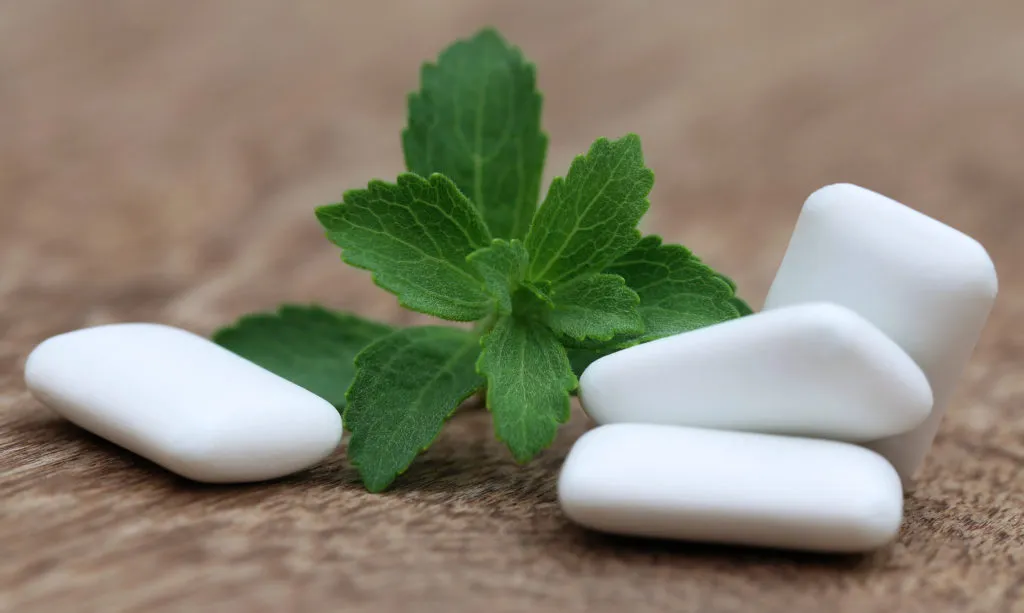What is a Whitening Gum Shield?
A whitening gum shield, also known as a teeth whitening tray, is a dental device designed to whiten teeth. It is typically a flexible, clear plastic tray that fits over your teeth. The primary function is to hold a whitening agent, usually a gel containing hydrogen peroxide or carbamide peroxide, in close contact with the teeth’s surface. This allows the bleaching agent to penetrate the enamel and break down the stains that cause discoloration. Unlike other methods, whitening gum shields offer a convenient and often cost-effective way to brighten your smile from the comfort of your home. This method ensures even application and can be used over a period of time to achieve desired results, making it a popular choice for those seeking a brighter, more confident smile.
How Does a Whitening Gum Shield Work?
The process behind a whitening gum shield involves a chemical reaction. When the whitening gel, containing either hydrogen peroxide or carbamide peroxide, is applied to the teeth and sealed within the gum shield, it breaks down into oxygen molecules. These oxygen molecules penetrate the enamel and dentin, the layers of your teeth, and react with the stain molecules. This process oxidizes the stain molecules, breaking them down into smaller, less visible components. The duration of use and the concentration of the whitening agent determine the effectiveness. Consistent use, as directed by a dentist or the product instructions, leads to gradual lightening of the teeth. It’s essential to follow instructions to prevent damage and ensure optimal results.
The Science Behind Whitening Gum Shields
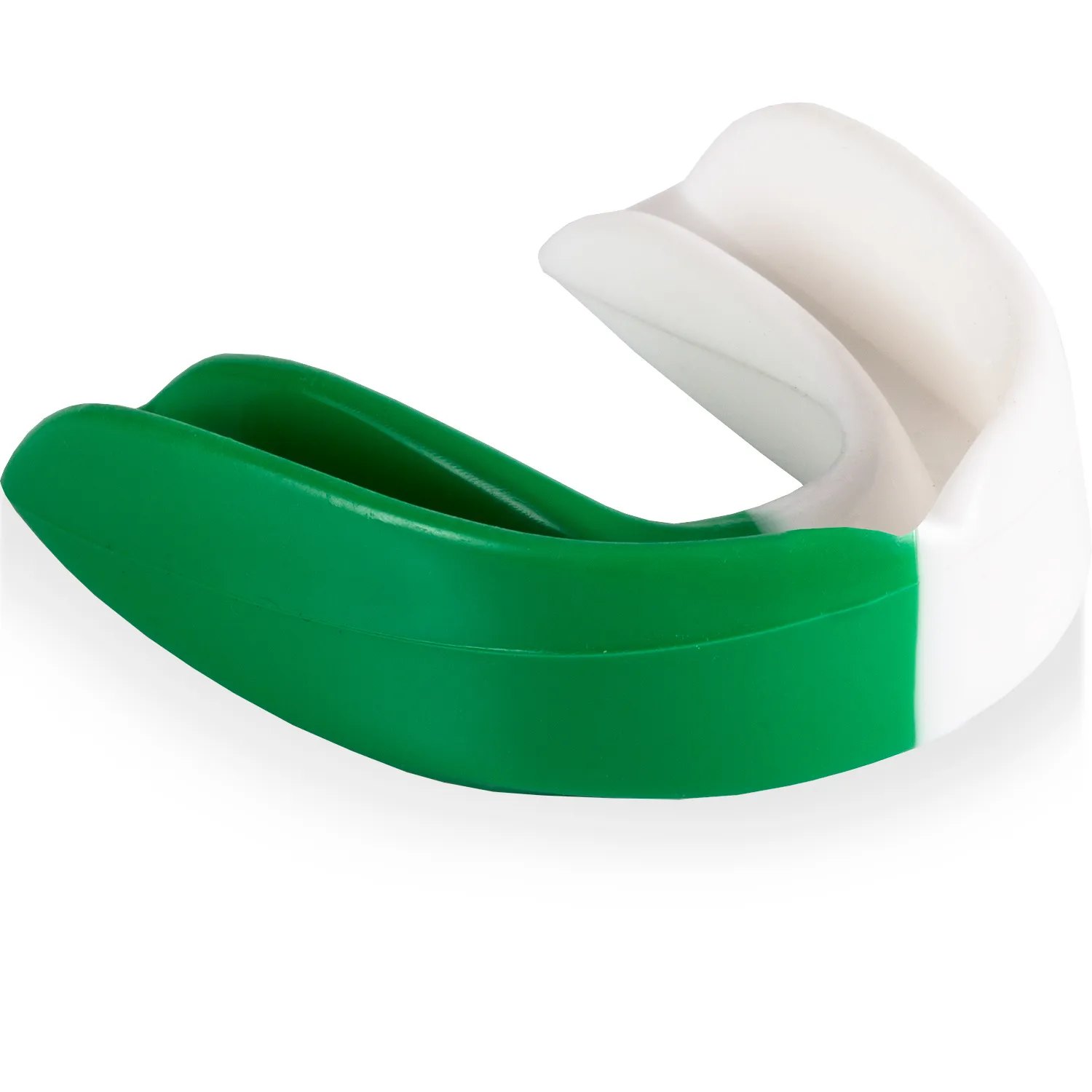
The effectiveness of whitening gum shields is rooted in the science of oxidation. The active ingredient, typically hydrogen peroxide or carbamide peroxide, releases oxygen radicals that react with the organic stain molecules embedded within the tooth enamel. These stains are caused by various factors, including food, beverages, and aging. The oxygen molecules break the bonds that hold the stain molecules together, effectively reducing their size and visibility. This process does not harm the tooth structure itself; it simply alters the color of the stains. The concentration of the bleaching agent and the duration of application influence the degree of whitening. The process is most effective on extrinsic stains (surface stains) but can also help with some intrinsic (internal) staining.
Types of Whitening Gum Shields
There are two main types of whitening gum shields available custom-fit and over-the-counter. Each type offers different levels of convenience, cost, and effectiveness. Understanding the differences between them is crucial for choosing the option that best suits your needs and oral health requirements. Custom-fit shields provide a more precise fit and often yield better results. Over-the-counter shields are readily available but may not provide the same level of comfort or whitening efficiency. Both options allow you to whiten your teeth from the comfort of your home, but careful consideration should be taken when deciding which type to use to ensure the best experience and outcome.
Custom-Fit Whitening Gum Shields
Custom-fit whitening gum shields are professionally made by a dentist. The process begins with taking impressions of your teeth, which are then used to create a perfectly fitting tray. This personalized fit ensures that the whitening gel is in direct contact with your teeth and minimizes the chance of the gel leaking onto your gums, which can cause irritation. Custom trays often use a higher concentration of whitening agents, leading to faster and more effective results. While custom trays are more expensive than over-the-counter options, they offer superior comfort, precision, and usually provide a more even and consistent whitening effect. The precision fit also reduces the risk of accidental ingestion of the whitening gel.
Over-the-Counter Whitening Gum Shields
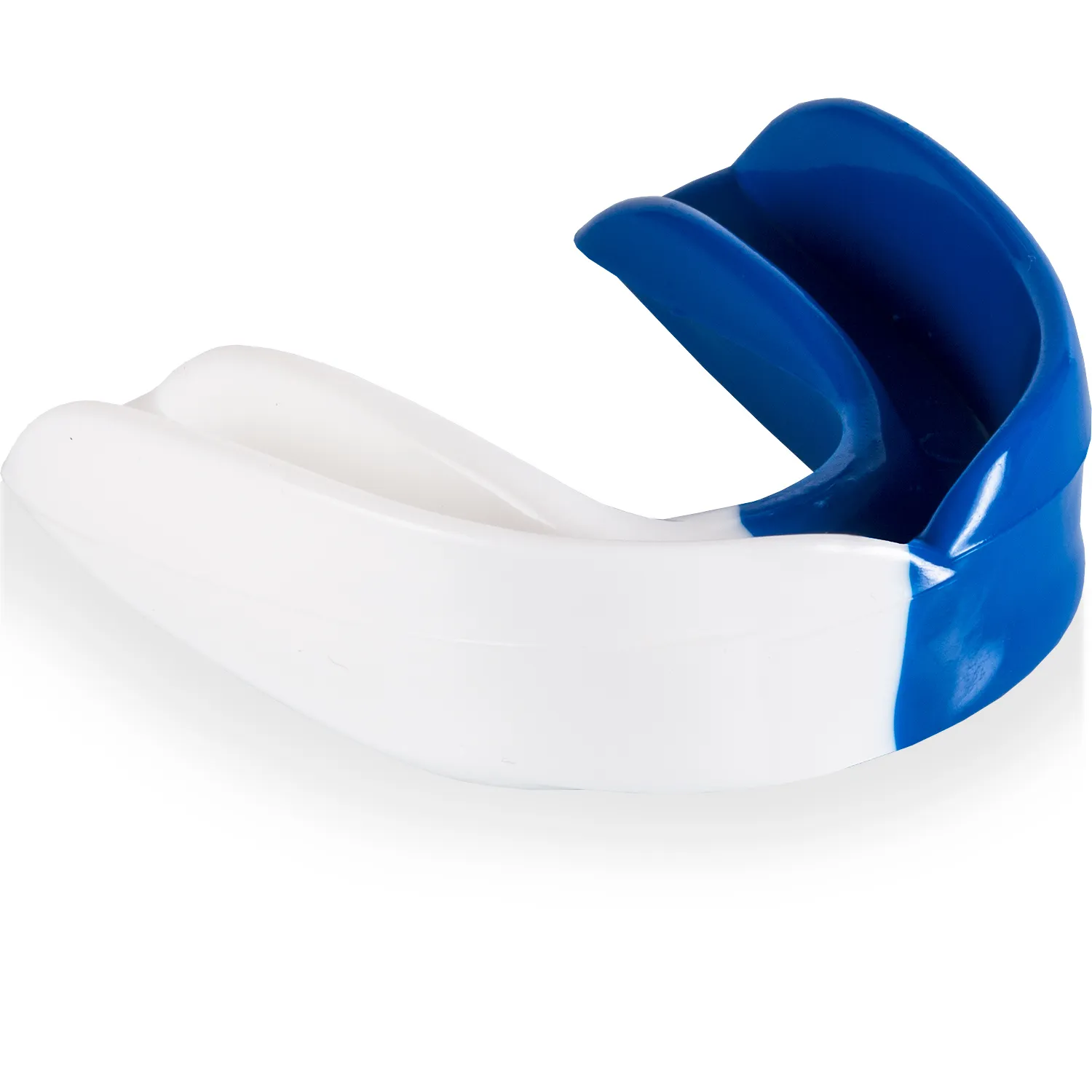
Over-the-counter (OTC) whitening gum shields are readily available at drugstores and online retailers. These are typically a “one-size-fits-all” approach or come with a moldable design to achieve a somewhat customized fit. OTC shields are a more affordable option, making them accessible to a broader range of consumers. The concentration of the whitening agent in OTC products is often lower than in professional treatments, leading to slower results. While generally safe, it’s important to follow the product instructions carefully to avoid irritation or other adverse effects. OTC options can still provide noticeable whitening, but the results may vary depending on the specific product and individual tooth characteristics. Always check the product’s safety guidelines.
Choosing the Right Whitening Gum Shield for You
Selecting the right whitening gum shield depends on several factors, including your budget, the desired level of whitening, and your oral health. Custom-fit trays offer the most precise results but come at a higher cost. Over-the-counter options are budget-friendly but may require more time to achieve the same whitening effect. Consider any sensitivity issues you might have, as stronger whitening agents can sometimes increase sensitivity. Consult with your dentist, as they can assess your teeth and gums and recommend the best option for your specific needs. They can also monitor your progress and address any potential issues during the whitening process. Make sure to factor in your overall oral health when making your decision to ensure the best and safest results.
Factors to Consider When Selecting a Shield
When choosing a whitening gum shield, consider several important factors. The fit is crucial, as an ill-fitting tray can cause discomfort and reduce the effectiveness of the whitening gel. The concentration of the whitening agent is also essential; higher concentrations may yield faster results but can also increase the risk of sensitivity. Consider your lifestyle; some products require you to wear the tray for extended periods, while others are designed for shorter durations. Be aware of the potential side effects, such as tooth sensitivity and gum irritation, and choose a product that minimizes these risks. Finally, read reviews and consult with your dentist to ensure that the product you select meets your needs and oral health requirements. Be sure to factor in the brand’s reputation and your individual oral condition.
Understanding Whitening Agents
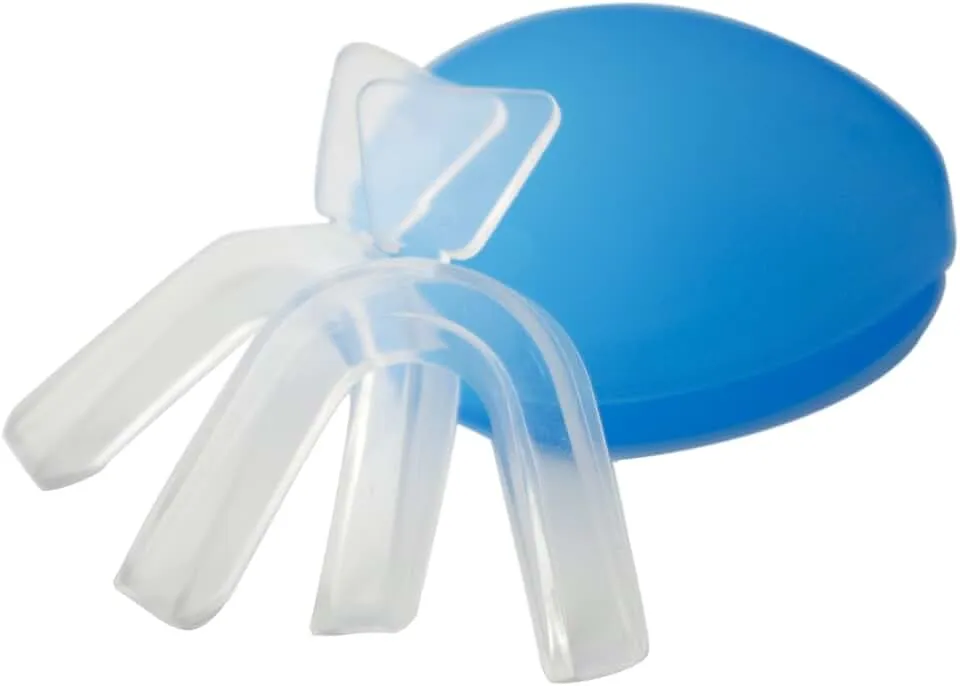
The primary whitening agents used in gum shields are hydrogen peroxide and carbamide peroxide. Hydrogen peroxide is a stronger bleaching agent and provides faster results, but it can also cause increased sensitivity. Carbamide peroxide breaks down into hydrogen peroxide over time and is often used in lower concentrations, making it gentler on the teeth. Both agents work by penetrating the enamel and oxidizing the stain molecules. The concentration of the whitening agent directly influences the speed and intensity of the whitening process. Professional treatments often use higher concentrations of peroxide, while over-the-counter products use lower concentrations. Always follow the instructions provided by the product manufacturer and your dentist, especially regarding the agent’s concentration and usage duration, to optimize both results and safety.
How to Use Your Whitening Gum Shield Effectively
To use your whitening gum shield effectively, start by brushing and flossing your teeth to remove any food particles and plaque. Apply a small amount of the whitening gel to the tray, ensuring it covers the surfaces of the teeth you want to whiten. Carefully insert the tray into your mouth, making sure it fits comfortably and securely. Follow the specific instructions provided with your product for how long to wear the tray. This can range from 30 minutes to several hours, depending on the concentration of the whitening agent. After the treatment time is up, remove the tray and rinse your mouth thoroughly with water. Clean the tray and store it properly until your next use.
Step-by-Step Guide to Application
The first step to using your whitening gum shield is to clean your teeth. Brush and floss your teeth to remove any food debris and plaque. Next, apply the whitening gel to the tray, placing a small amount in each tooth impression. Insert the tray into your mouth, ensuring it fits snugly against your teeth. If any gel spills over, wipe it away with a tissue to avoid gum irritation. Wear the tray for the time specified in the product instructions, typically 30 minutes to several hours. Once the time is up, remove the tray, rinse your mouth with water, and clean the tray thoroughly to remove any remaining gel. Regular usage, as directed, will yield noticeable improvements.
Tips for Maximizing Whitening Results
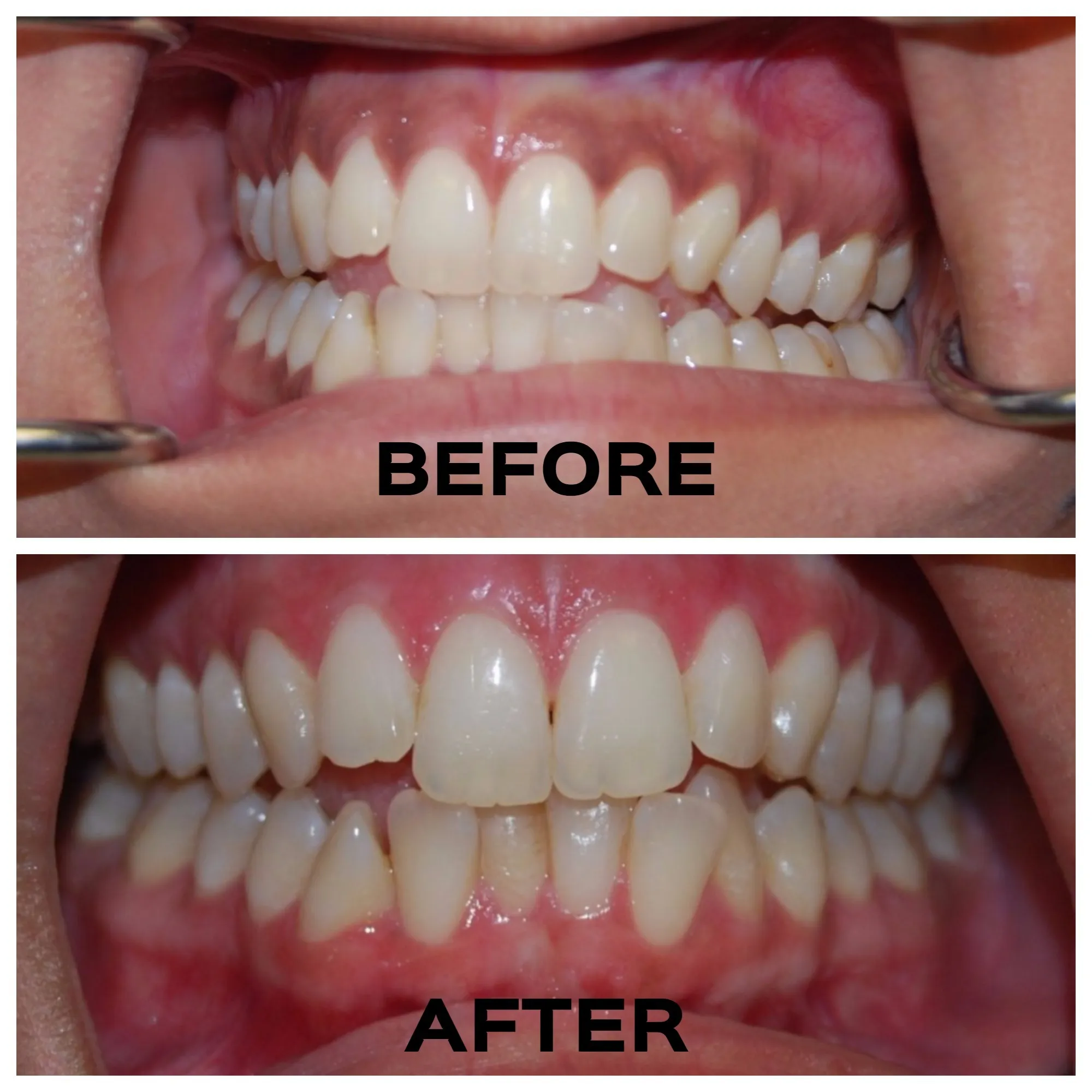
To maximize your whitening results, there are several tips to follow. First, maintain good oral hygiene by brushing and flossing regularly. Avoid consuming foods and beverages that stain your teeth, such as coffee, tea, and red wine. Use a straw for these drinks to minimize contact with your teeth. Follow the product instructions precisely, as exceeding the recommended treatment time or using too much gel can increase sensitivity and not necessarily improve whitening. Be patient; it takes time for the whitening process to work, and results vary. Avoid smoking, as nicotine stains teeth and reduces the effectiveness of the whitening treatment. Consistency and care will help you achieve a brighter smile.
Avoiding Common Mistakes
Several common mistakes can reduce the effectiveness of your whitening gum shield. One mistake is using too much whitening gel, which can cause gum irritation and sensitivity. Another is wearing the tray for too long, which can also lead to increased sensitivity. Failure to clean and store your tray properly can lead to bacterial growth and potentially impact your oral health. Not following the product instructions can also hinder the whitening process. Overlooking the importance of a good oral hygiene routine can allow stains to form and make the whitening treatment less effective. Always consult your dentist if you have any concerns or questions about the correct use of the product.
Maintaining Your Whitening Gum Shield
Proper maintenance of your whitening gum shield is crucial for its longevity and effectiveness. After each use, rinse the tray thoroughly with cold water to remove any remaining gel. Avoid using hot water, as it can warp the plastic. Gently brush the tray with a soft toothbrush and mild soap to remove any residue. Do not use abrasive cleaners or harsh chemicals, as these can damage the material. Store the tray in a clean, dry place away from direct sunlight and extreme temperatures. Consider using the case provided with the product for storage. Regular maintenance helps prevent the buildup of bacteria, extends the life of your tray, and ensures that it remains effective over time.
Cleaning and Storage Best Practices
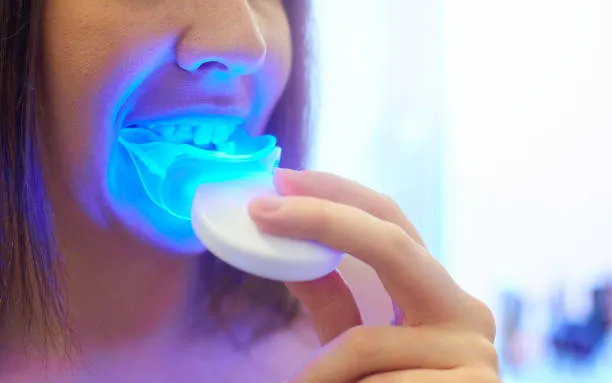
For best results, clean and store your whitening gum shield correctly. After each use, rinse the tray under cold running water to remove all traces of the whitening gel. Gently scrub the tray with a soft toothbrush and mild soap, paying special attention to any areas where gel may have accumulated. Ensure all soap residue is rinsed away. Allow the tray to air dry completely before storing it in its case. Keep the tray in a cool, dry place, away from direct sunlight and heat. Avoid storing the tray near any sources of strong odors or chemicals. Following these best practices helps maintain hygiene and the longevity of the tray.
How to Maintain Oral Health During Whitening
Maintaining oral health during whitening is essential. Continue to brush and floss your teeth regularly to remove plaque and food particles. Use a fluoride toothpaste to help protect your enamel and reduce sensitivity. Consider using a desensitizing toothpaste if you experience increased sensitivity. Schedule regular dental check-ups and cleanings to ensure your teeth and gums remain healthy. Avoid consuming excessive amounts of sugary foods and drinks, as these can contribute to tooth decay. Drink plenty of water to stay hydrated and rinse away food particles. By following these practices, you can maintain a healthy smile and maximize the benefits of your whitening treatment.
Potential Side Effects and How to Manage Them
While whitening gum shields are generally safe, some potential side effects can occur. Tooth sensitivity is a common side effect, which can be managed by using desensitizing toothpaste or reducing the frequency or duration of treatment. Gum irritation is another possible side effect, which can be minimized by avoiding excess gel and ensuring a proper tray fit. Rarely, some individuals may experience allergic reactions. If you experience any severe side effects, such as significant pain or swelling, discontinue use and consult your dentist. By understanding the possible side effects and how to manage them, you can safely and effectively whiten your teeth.
Sensitivity and Irritation
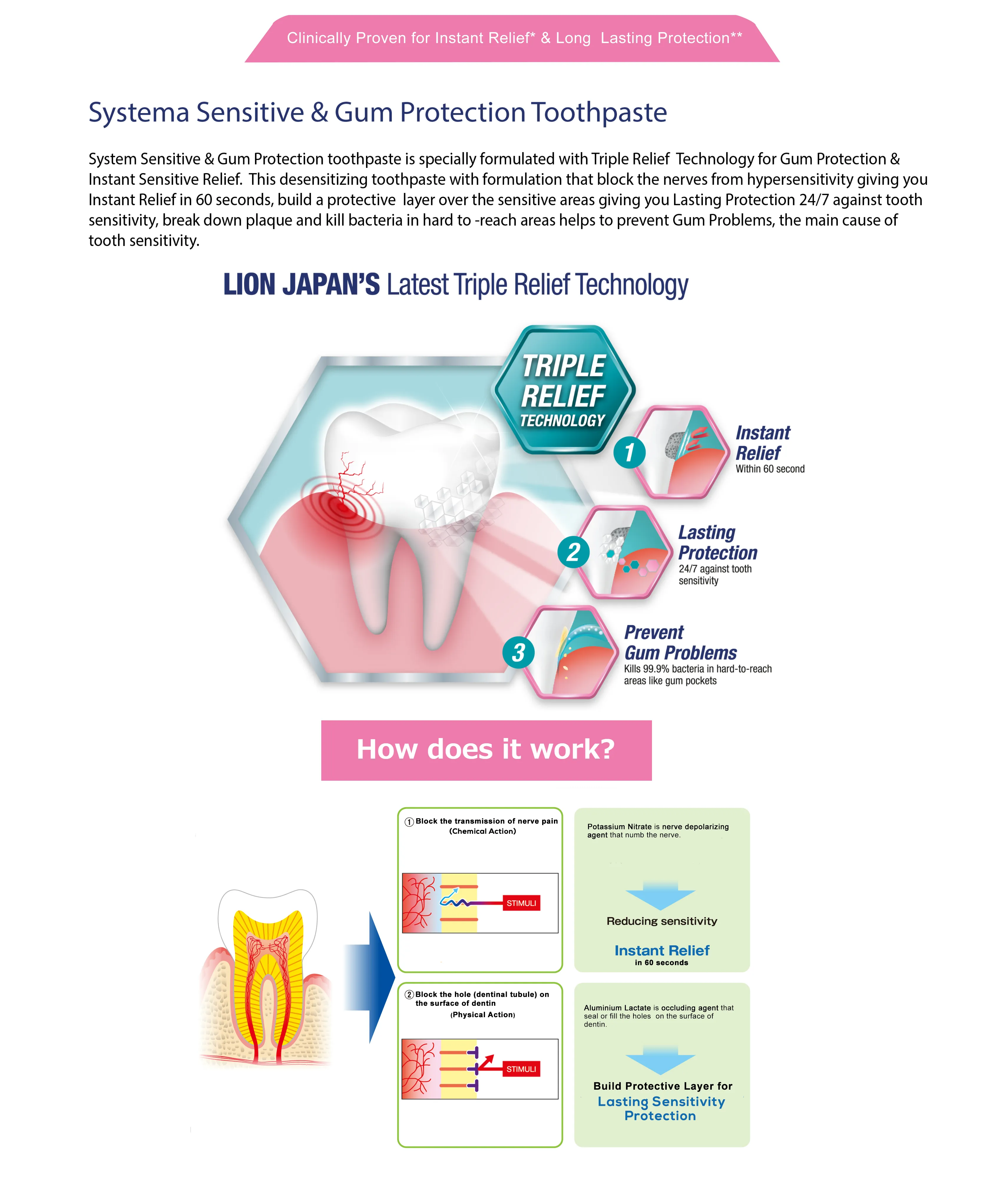
Tooth sensitivity and gum irritation are common side effects of whitening treatments. Sensitivity occurs when the whitening agent penetrates the enamel and reaches the nerve endings in the teeth. To manage sensitivity, use a desensitizing toothpaste containing potassium nitrate a few weeks before and during treatment. Avoid using whitening treatments for too long or too frequently. If irritation occurs, ensure the tray fits properly and that you are not using too much gel. Rinse your mouth thoroughly with water after each treatment and avoid irritating foods or drinks. If the irritation is severe or persistent, consult your dentist to get advice and avoid any further damage.
Alternatives to Whitening Gum Shields
If whitening gum shields are not the right choice for you, several alternatives can help you achieve a brighter smile. Whitening toothpaste can help remove surface stains and maintain brightness. Whitening strips are another option, offering convenience and varying degrees of effectiveness. Professional teeth whitening, performed by a dentist, provides the most significant results, often using stronger bleaching agents and professional techniques. Veneers are thin, custom-made shells that cover the front surface of the teeth, providing a permanent solution for discoloration and other cosmetic issues. The choice depends on your budget, preferences, and dental needs. Consult your dentist to find the best treatment for your oral condition.
Professional Teeth Whitening Options
Professional teeth whitening offers the most effective and controlled method for brightening your smile. Your dentist can provide in-office whitening treatments using a higher concentration of bleaching agents. This process often involves isolating the gums to protect them from irritation and applying the whitening gel to your teeth. Another option is the dentist-provided custom-fit trays that contain a higher strength of whitening agent. These trays are more effective than over-the-counter products and are used for a specific duration under the dentist’s guidance. Professional treatments provide faster and more dramatic results and are performed under the supervision of a dental professional, ensuring safety and effectiveness. Always consult with your dentist to discuss your needs.
